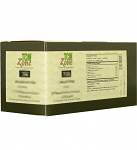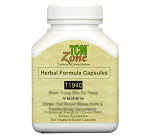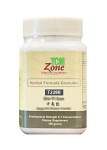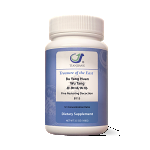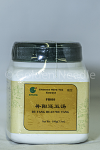Bu Yang Huan Wu Tang Granules
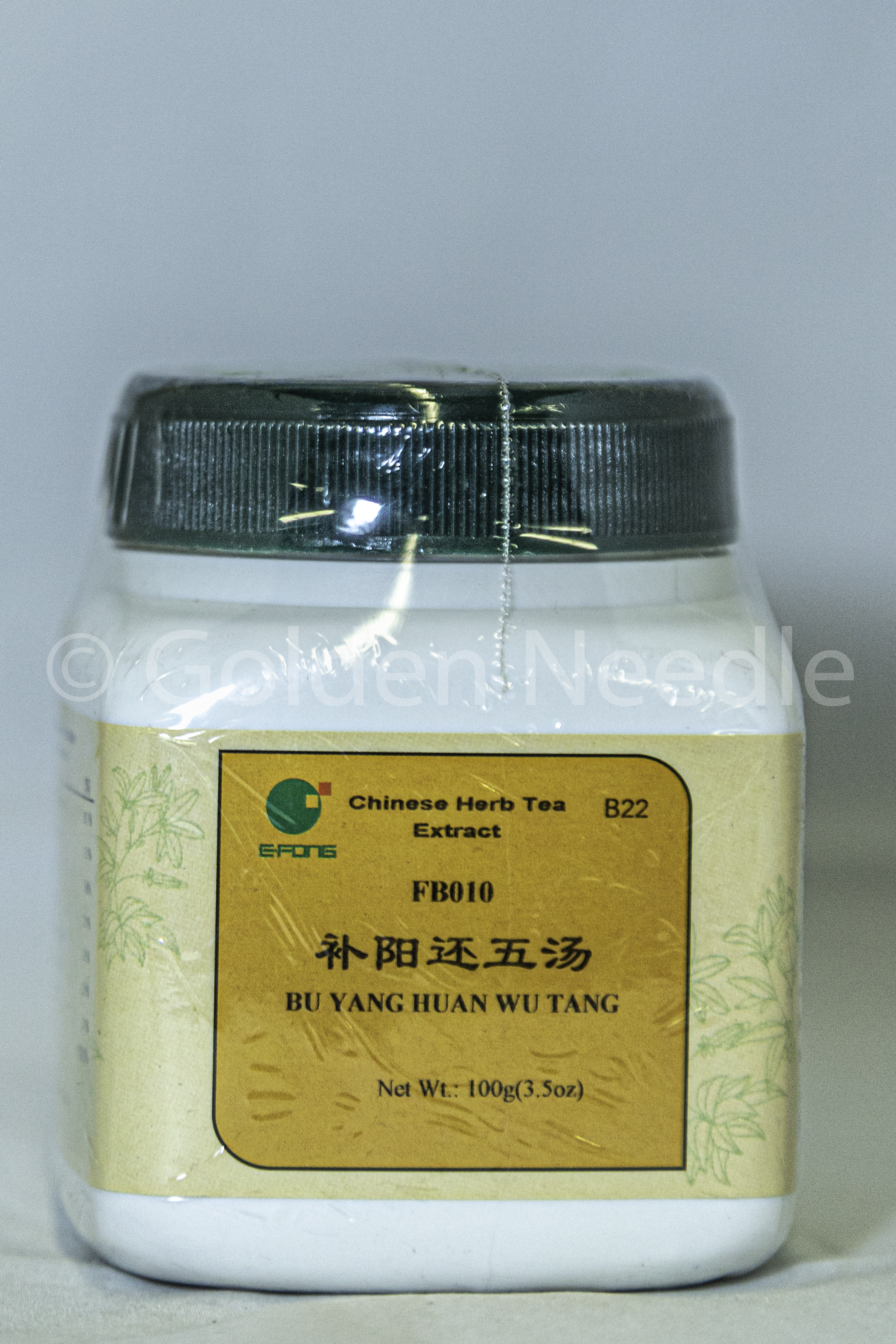
Bu Yang Huan Wu Tang Granules
| SKU | EF126 | |
| Brand | E-Fong Granule Formulas | |
| Unit Size | 100 grams (5:1 extract granules) | |
| Potency | 5:1 extract granules | |
| Properties | Source Text: Corrections of Errors among Physicians (Yi lin gai cuo) | |
| Contraindications | Because this formula breaks up and eliminates blood stasis, it is contraindicated immediately after a stroke when the cause is cerebral hemorrhage. Until the etiology is established and cerebral hemorrhage has been ruled out, one should refrain from usin | |
| Chinese Symptomology | Signs & symptoms of qi vacuity include:Fatigue ~Lack of strength ~Shortness of breath ~Postural hypotention ~Urinary frequency or incontinence.A swollen tongue with teeth-marks on its edges ~A moderate, forceless pulse ~Signs & symptoms of blood stasis include:Hemiplegia ~Paralysis ~Atrophy of the lower limbs ~Facial paralysis ~Slurred speech ~Dry stools ~A dark, purplish tongue,Possible static speckles or macules on the tongue ~A deep, slow, bowstring, and/or choppy pulse | |
| Western Symptomology | Qi vacuity and blood stasis resulting in 1) disorders with weakness and loss of function, including post-stroke hemiplegia and other sequelae, cerebrovascular disease, sequelae of poliomyelitis, and Bell's palsy; 2) neuropsychiatric disorders, including a variety of neuralgias, epilepsy, and neuroses; and 3) vascular diseases, including coronary artery disease, hypertension, cor pulmonale, thromboangiitis obliterans, thrombophlebitis, and varicose veins as well as miscellaneous indications including chronic nephritis, diabetes mellitus, benign prostatic hypertrophy, and sciatica. | |
| Actions | Supplements the qi, quickens the blood, and frees the flow of the channels | |
| Pattern | Qi vacuity and blood stasis | |
| Tongue | white coating | |
| Pulse | moderate | |
| Chinese name | Bu Yang Huan Wu Tang Granules | |
| English name | Tonify the Yang to Restore Five Decoction | |
| Description | This formula is designed for deficiency of the normal and yang qi together with blood stasis obstructing the channels. This impairs the movement of qi and the provision of nourishment by the blood. The sinews, blood vessels, muscles, and flesh are thereby deprived of nourishment, which manifests as hemiplegia, paralysis and atrophy of the lower limbs, and facial paralysis. The deficiency of qi and stasis of blood likewise deprives the tongue of its nourishment and strength, which manifests as slurred speech and drooling. Deficiency of yang qi inhibits the downward movement of the Stomach qi, and obstructs the qi of the yang organs. This results in the passage of dry stools because of the extended time through the yang organs, and thus the increased absorption of fluids from the stool. Because it is the transforming function of qi which stabilizes and retains the fluids, the deficiency of qi also accounts for the frequent urination or incontinence. The source text emphasizes that this is a condition in which the stasis of blood is caused by the deficiency of qi. Thus, the primary strategy is to tonify the qi, and secondarily to invigorate the blood and unblock the channels. As a consequence of wind-stroke, a condition of deficiency typically results from the obstruction of qi and blood in that half of the body which is affected by the stroke. The pathogenic influence lodges in the deficient side of the body, deeply occupying both the protective and nutritive levels. Since both the protective and nutritive qi are debilitated, the normal qi is essentially eliminated and only pathogenic qi remains in this half of the body, which manifests as hemiplegia. If only the qi is tonified, the stasis will not be dispelled. That is why both the primary and secondary strategies are required. (Bensky: Chinese Herbal Medicine Formulas and Strategies).* |
|



